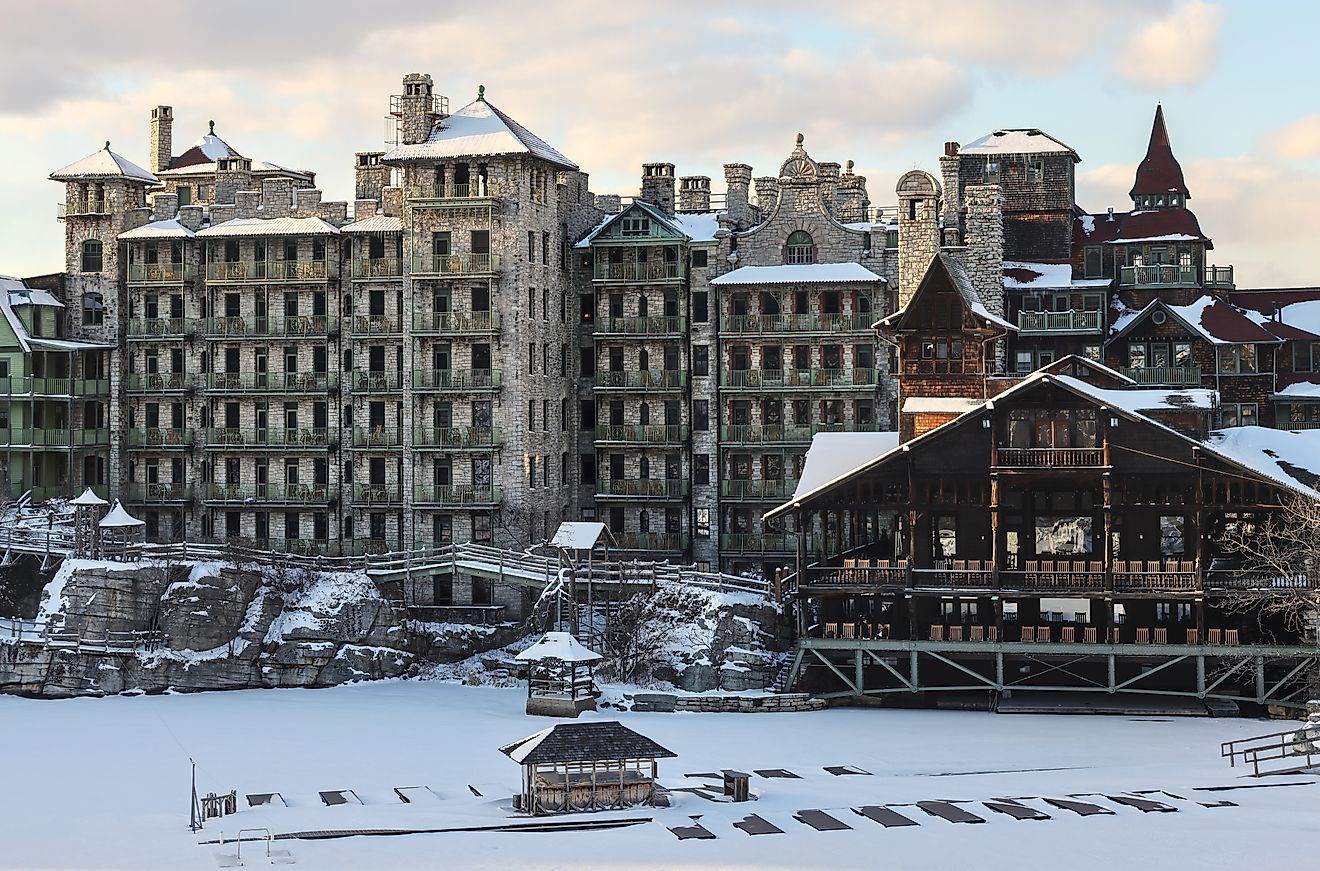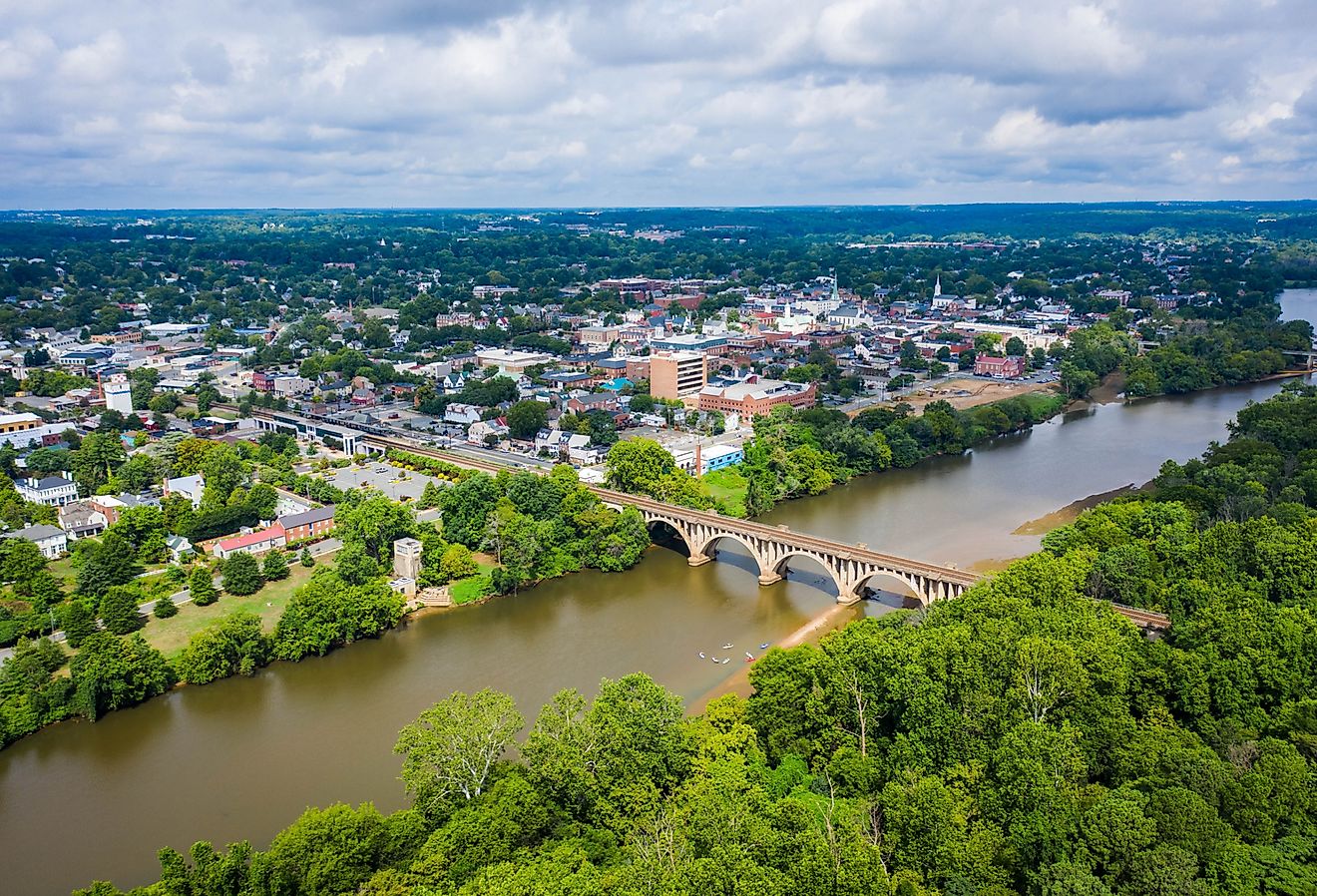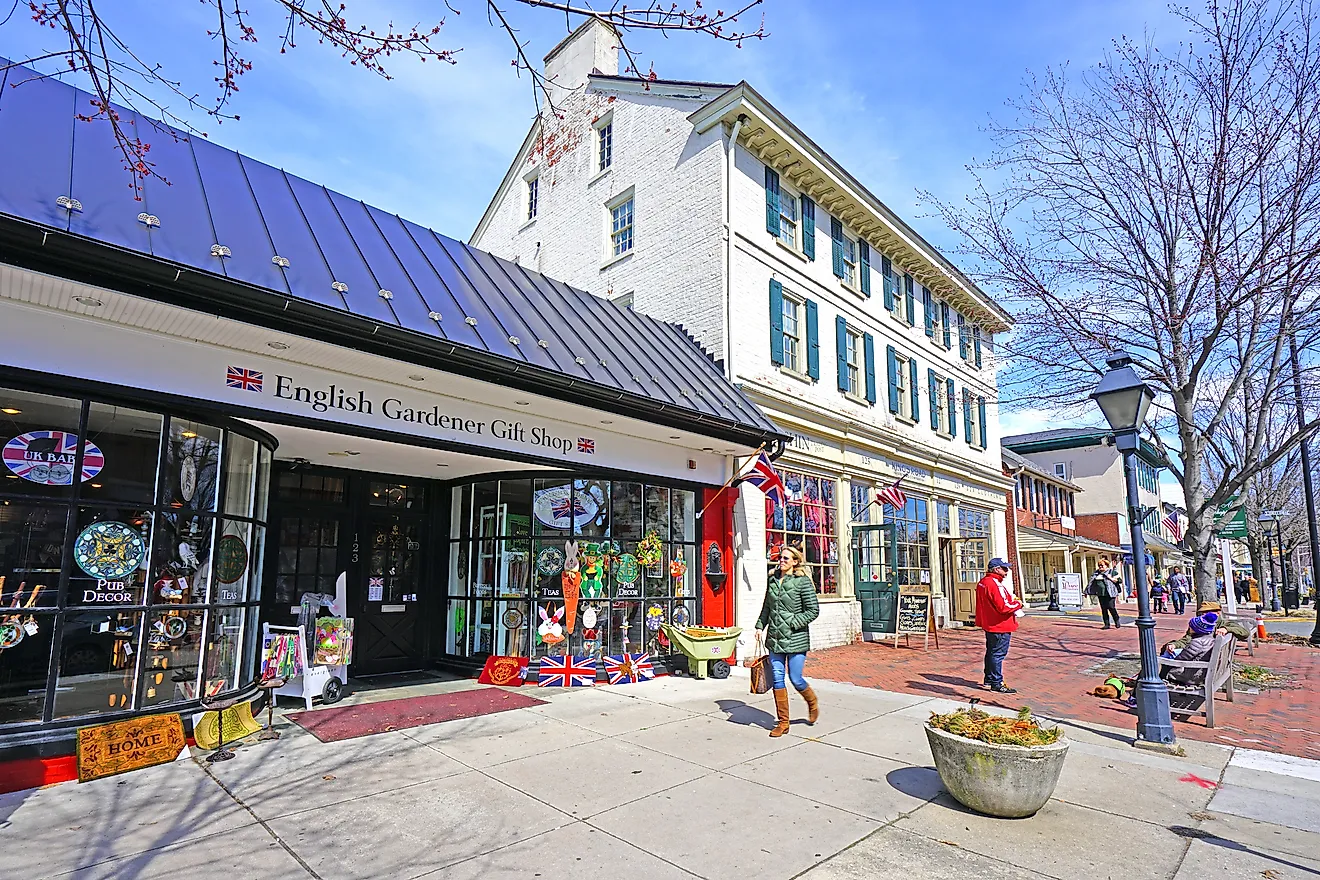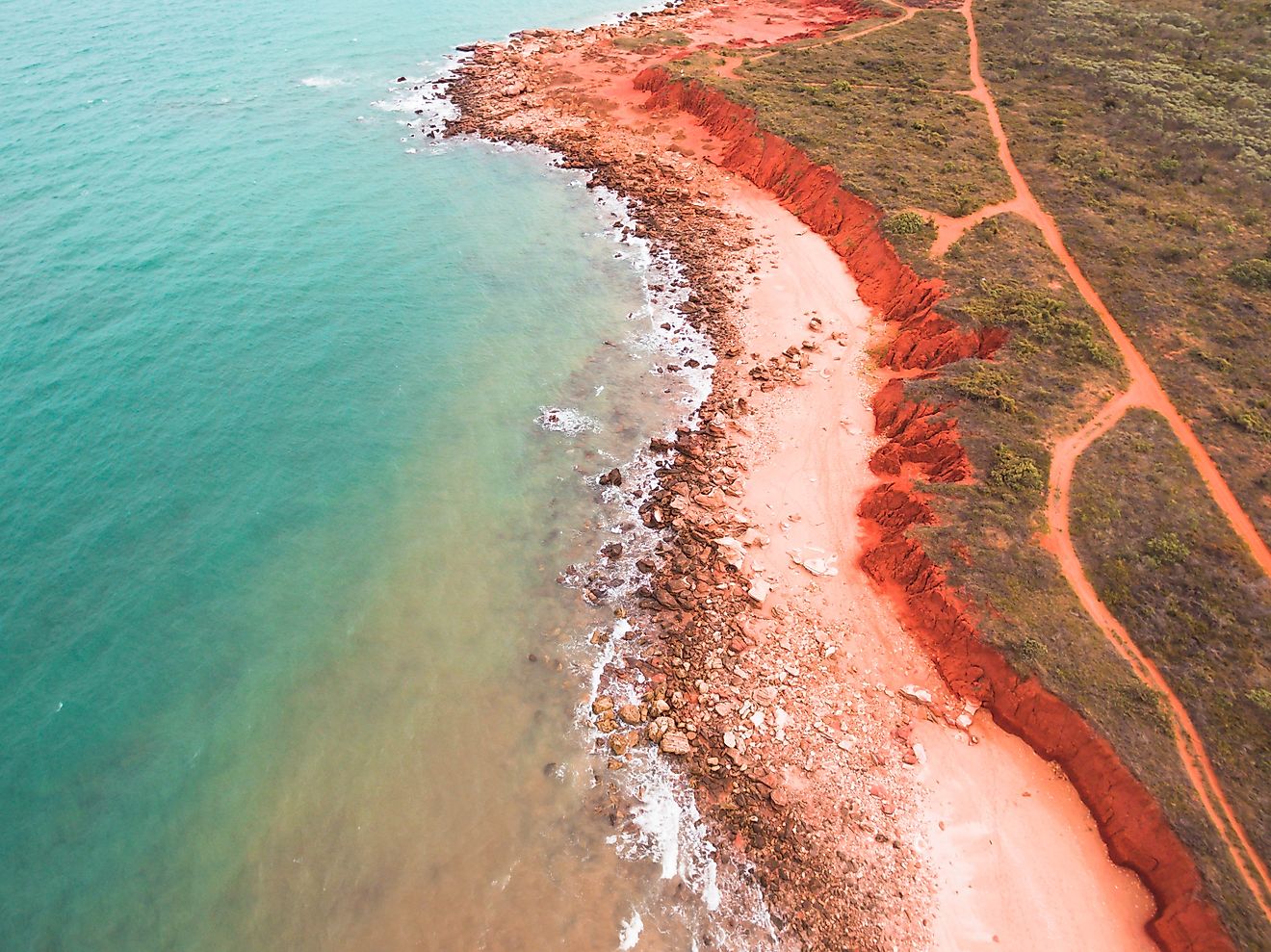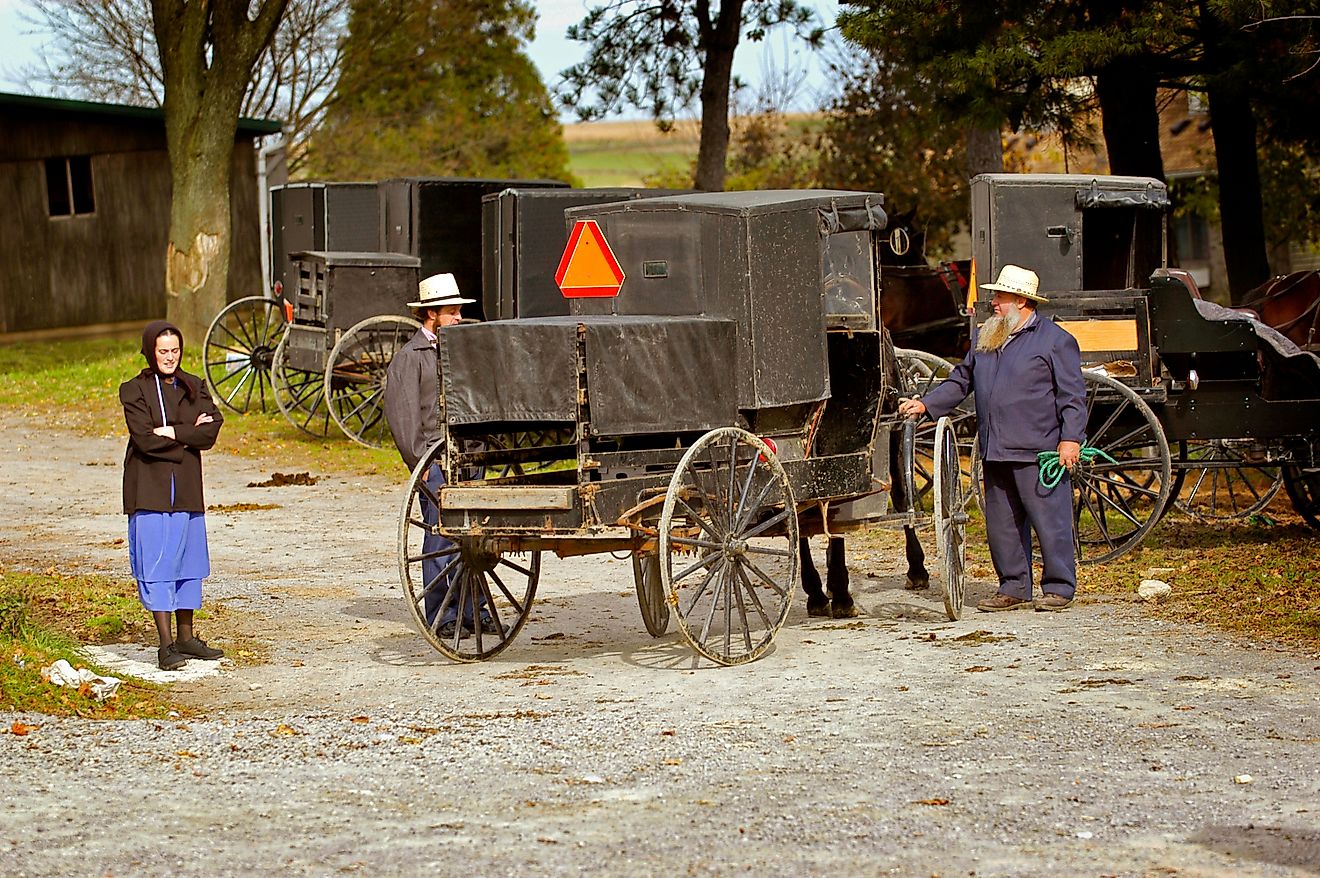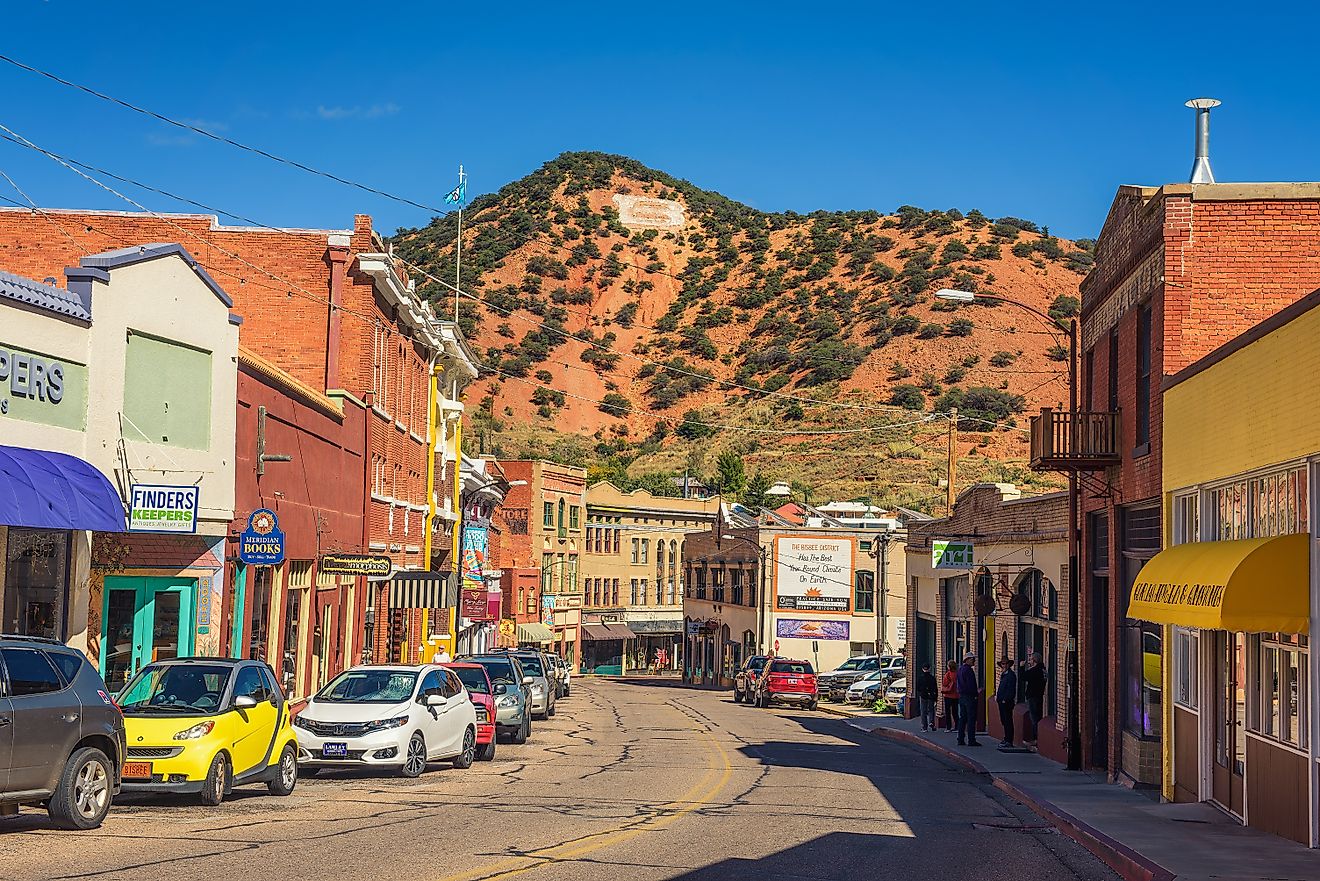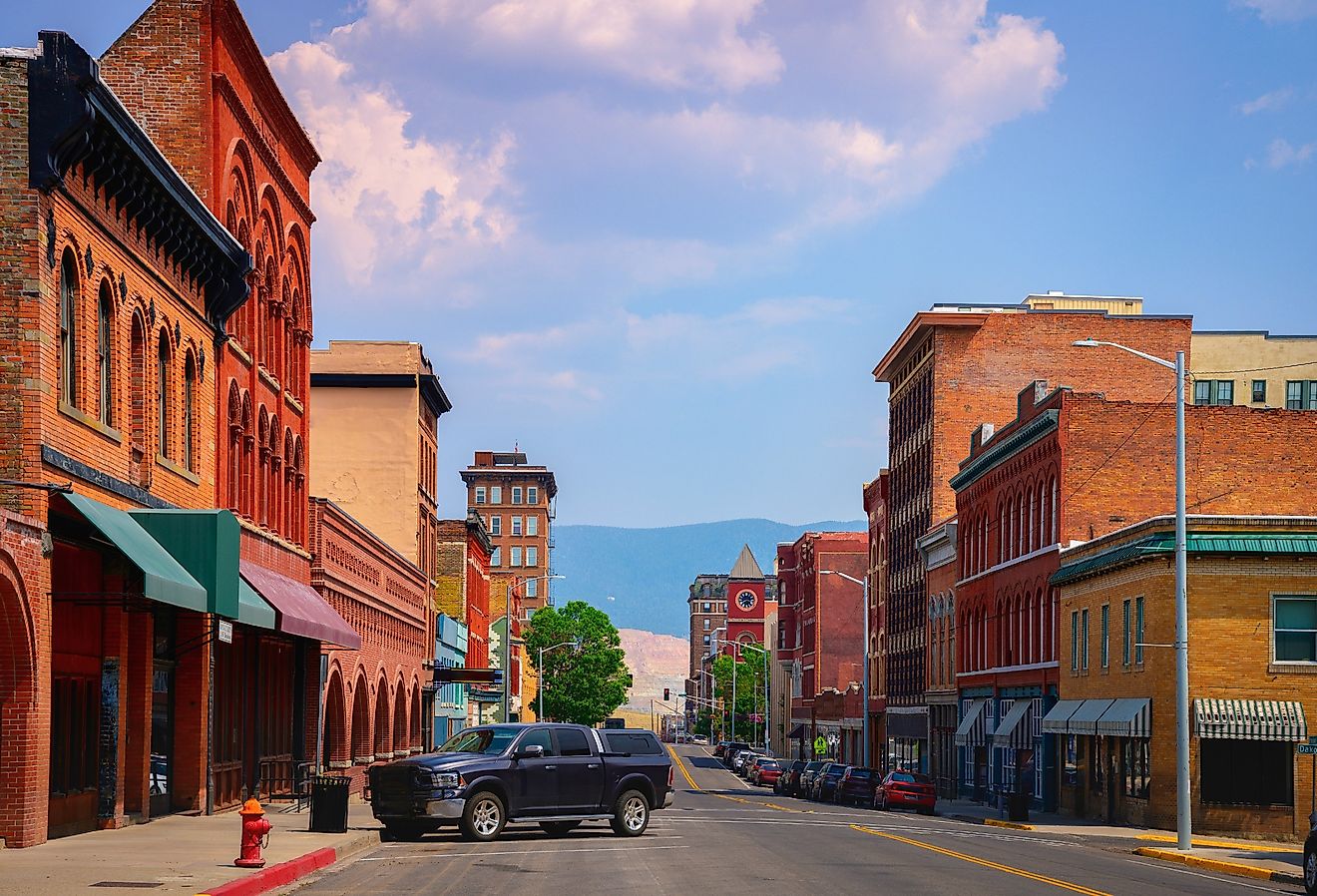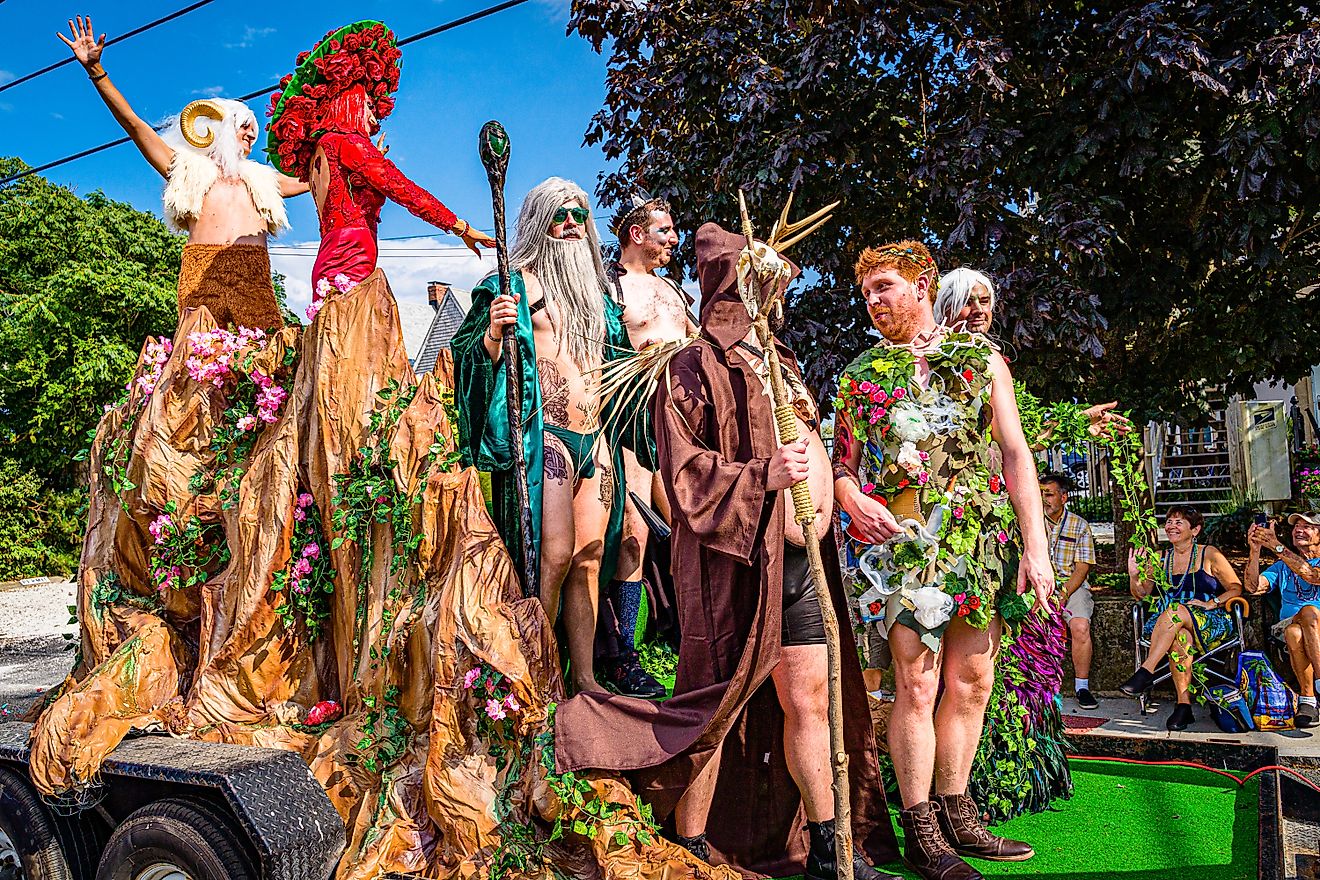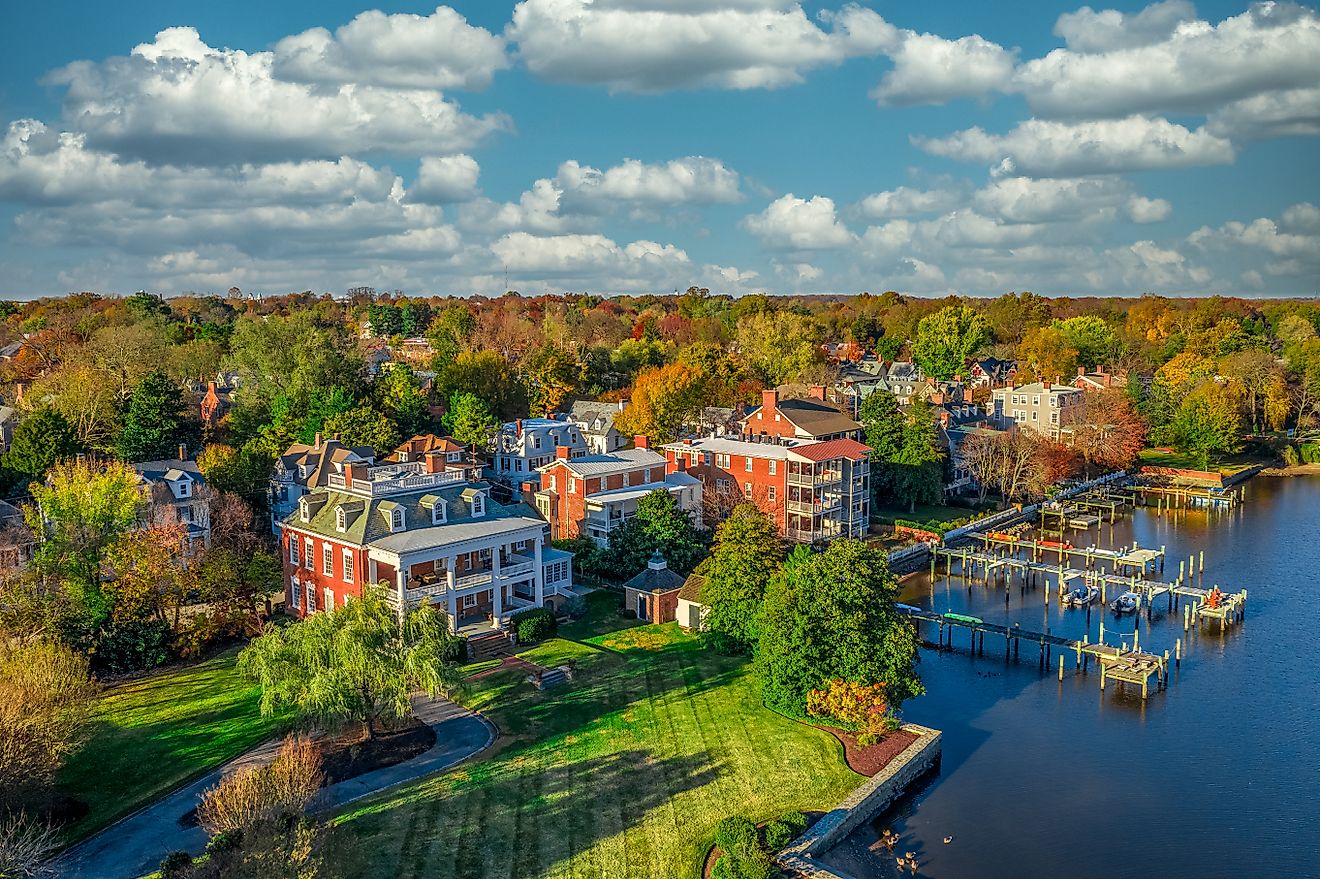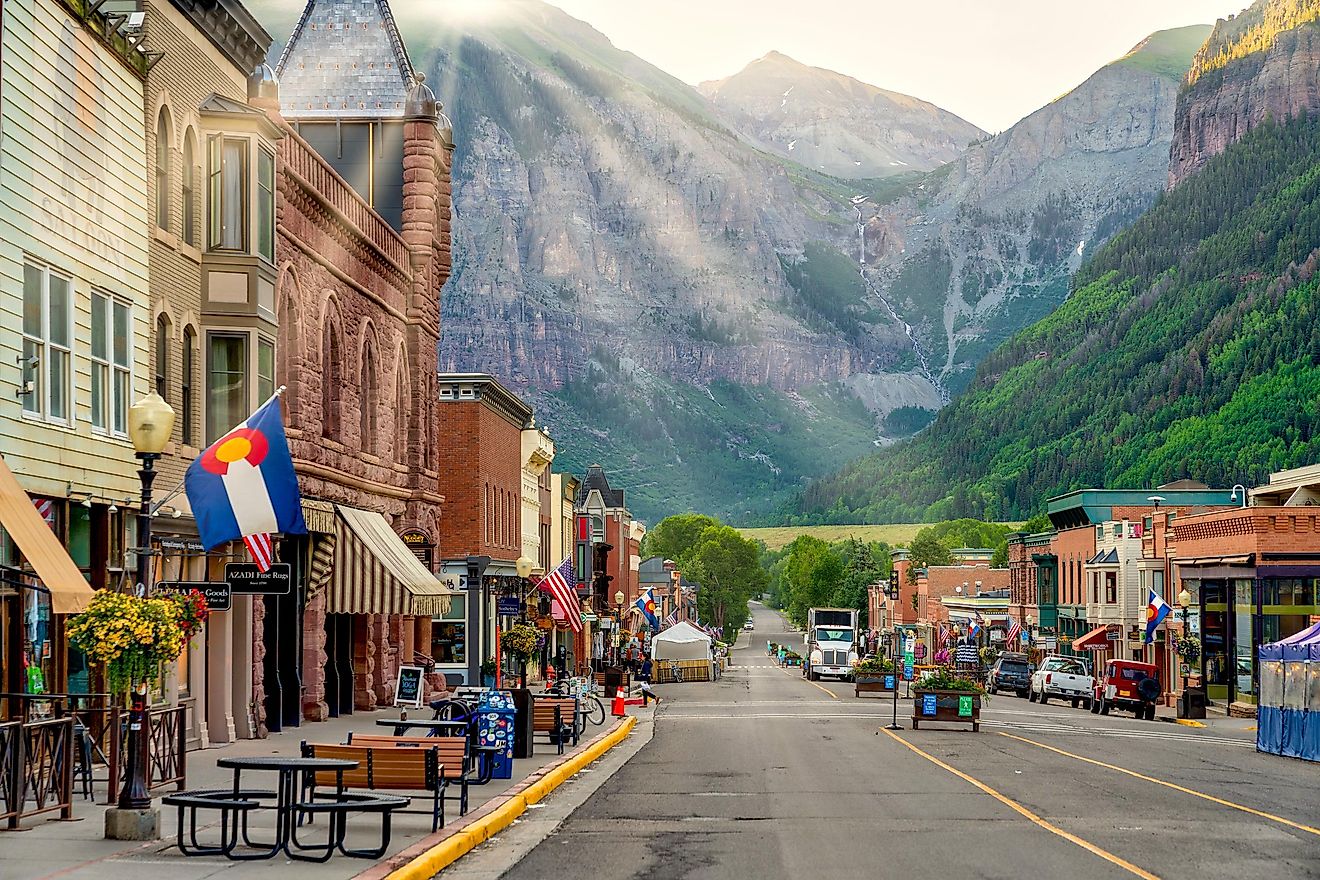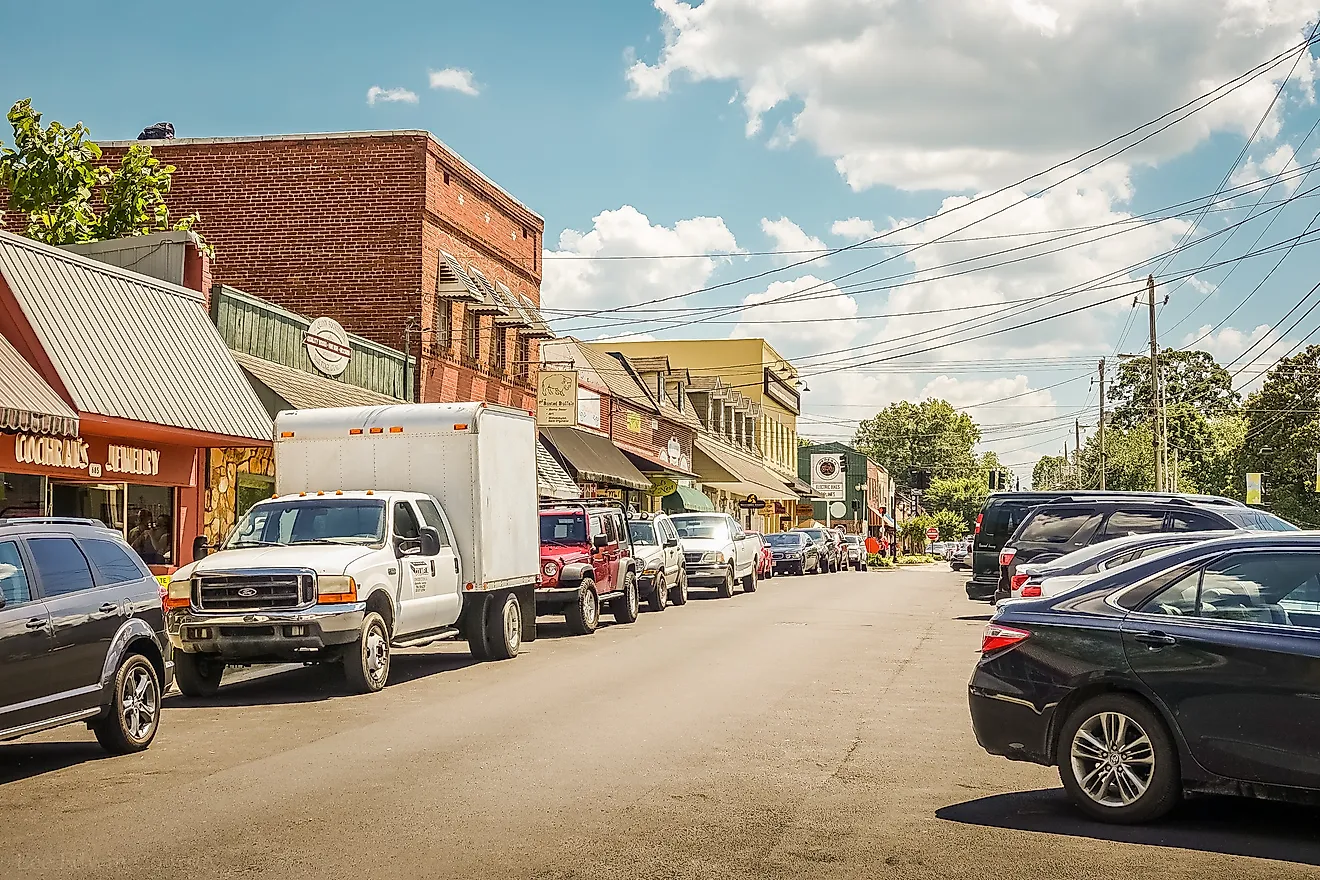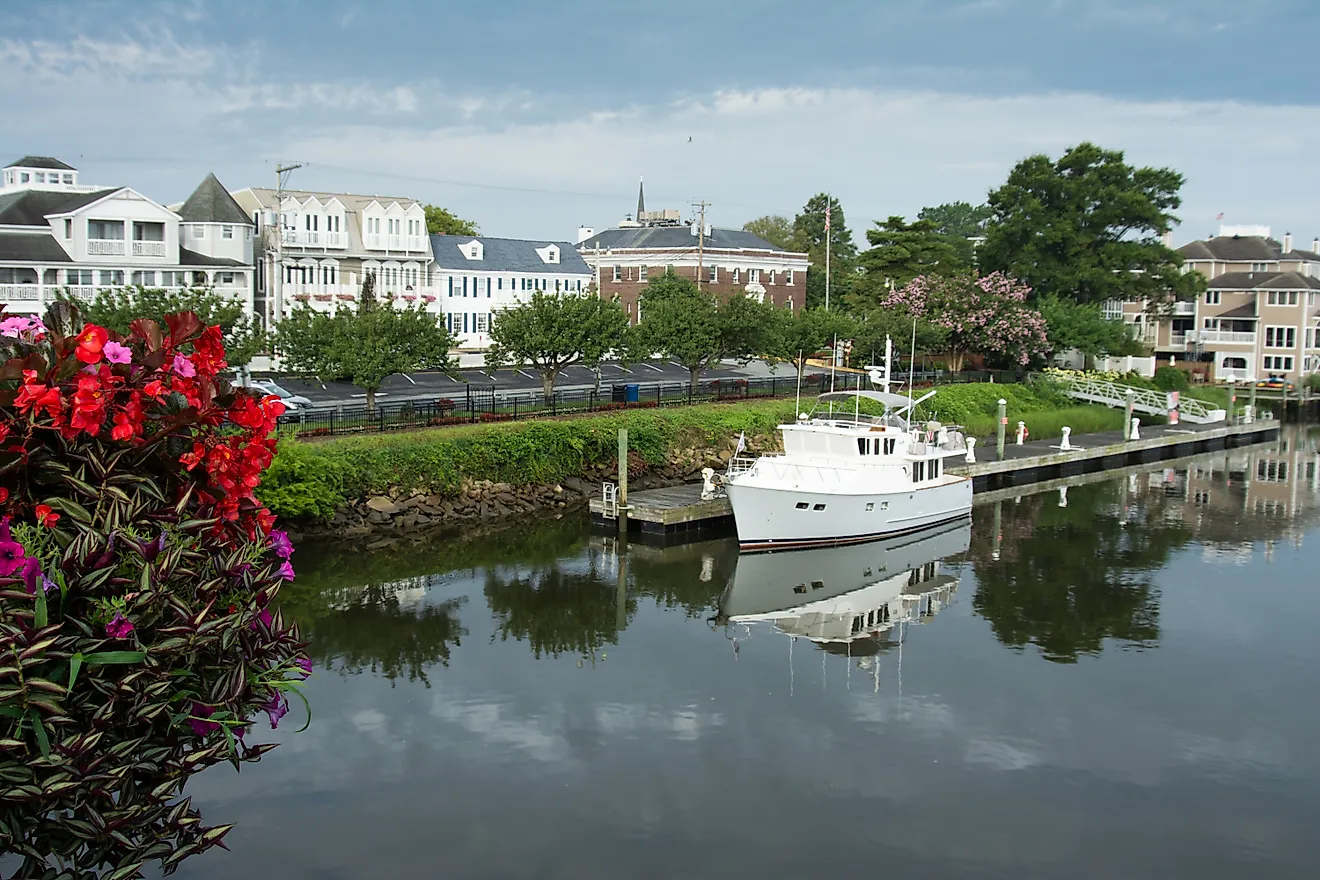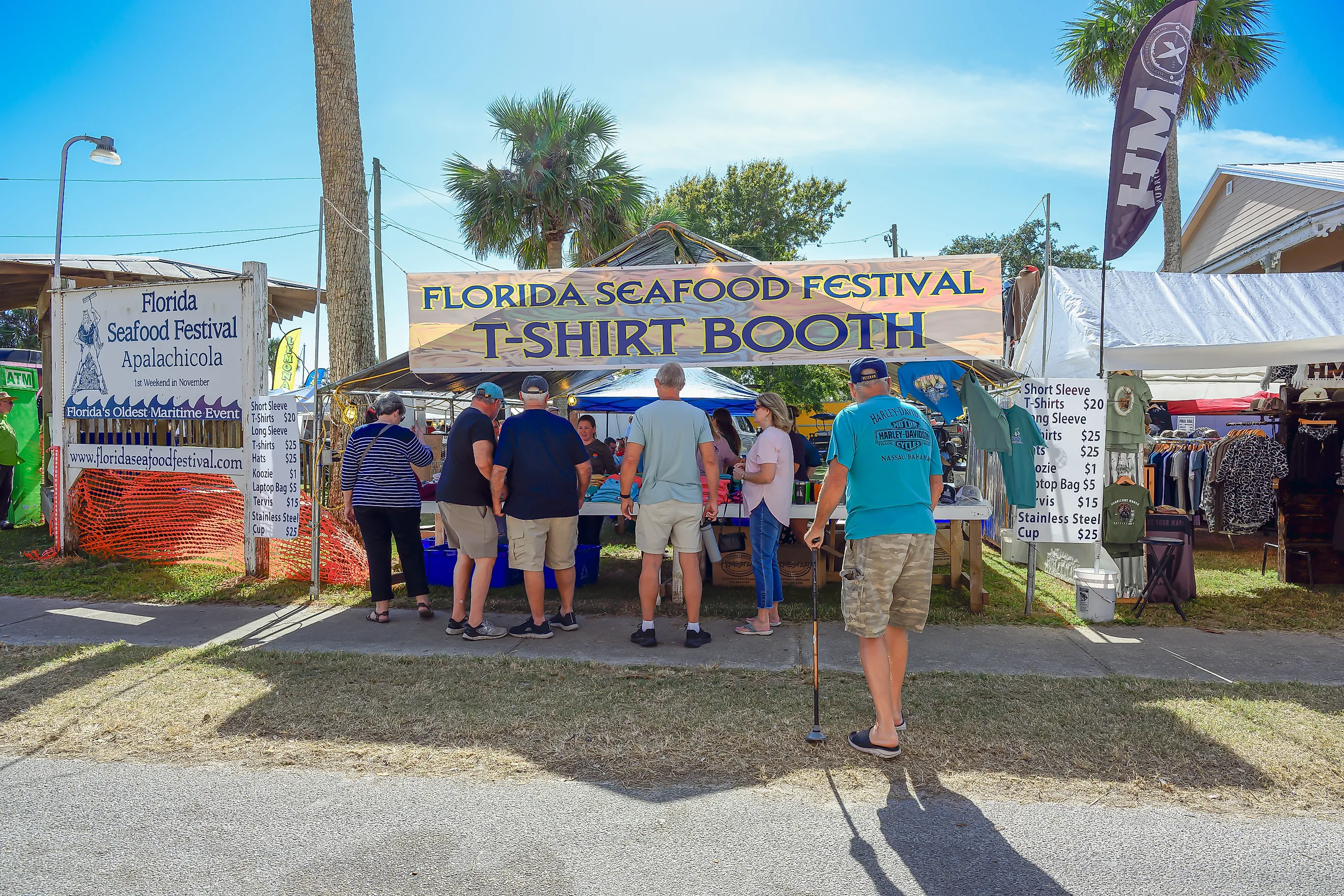
12 Of The Most Welcoming Towns In Florida
Florida does spectacle better than almost anywhere, but the state’s real magic shows up in small gestures: a barstool saved for you at 4 p.m. or a bait-shop owner who remembers your name by day two. That’s the currency of welcome. For this guide, we valued locally run institutions, walkable main streets, and town rituals that outsiders are invited to share. No glossy resort polish. Just places where the greeting is instinct, not marketing.
The 12 towns ahead keep a firm grip on identity: sponge boats easing into Tarpon Springs and cedar-stilt porches facing the Gulf in Cedar Key. From the Panhandle’s working waterfronts to island streets named for seashells, these communities prove Florida’s warmest welcome isn’t a slogan; it’s a practiced habit, visible from the first wave across a counter to the last porch light left on after dark.
Stuart
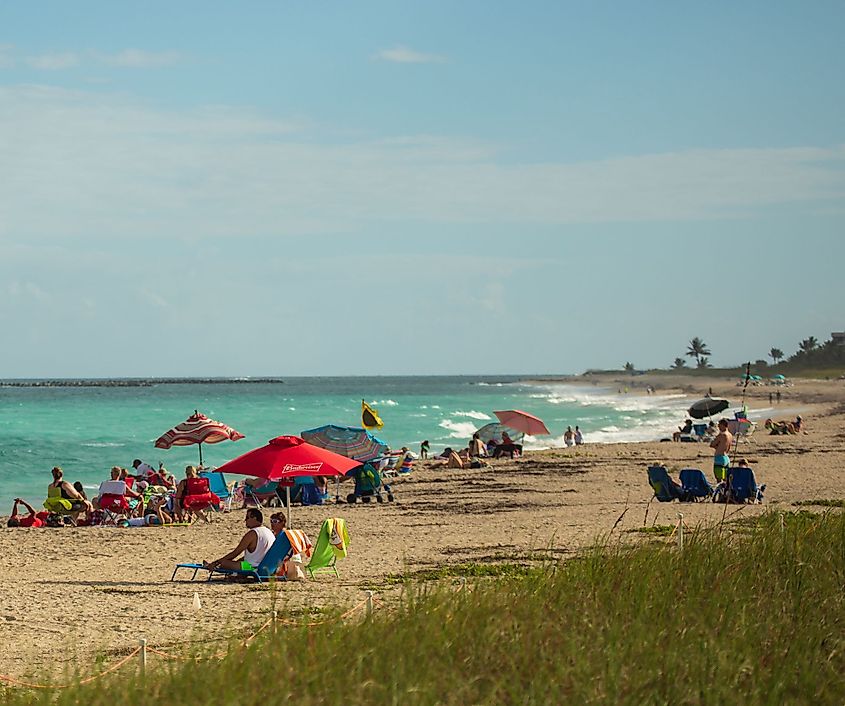
Stuart’s claim to being “The Sailfish Capital of the World” isn’t marketing fluff; it reflects a local culture deeply tied to the sea. Sitting between the St. Lucie River and the Atlantic, Stuart has a maritime rhythm that shapes everything from its waterfront events to its historic downtown. Its compact core is anchored by the 1920s-era Lyric Theatre, still in operation, and crisscrossed by narrow streets with family-run storefronts and cafes. What makes it stand out is the rare blend of Treasure Coast history and walkability, especially along the Riverwalk, a wooden boardwalk where you’re just as likely to catch live music as you are a glimpse of dolphins.
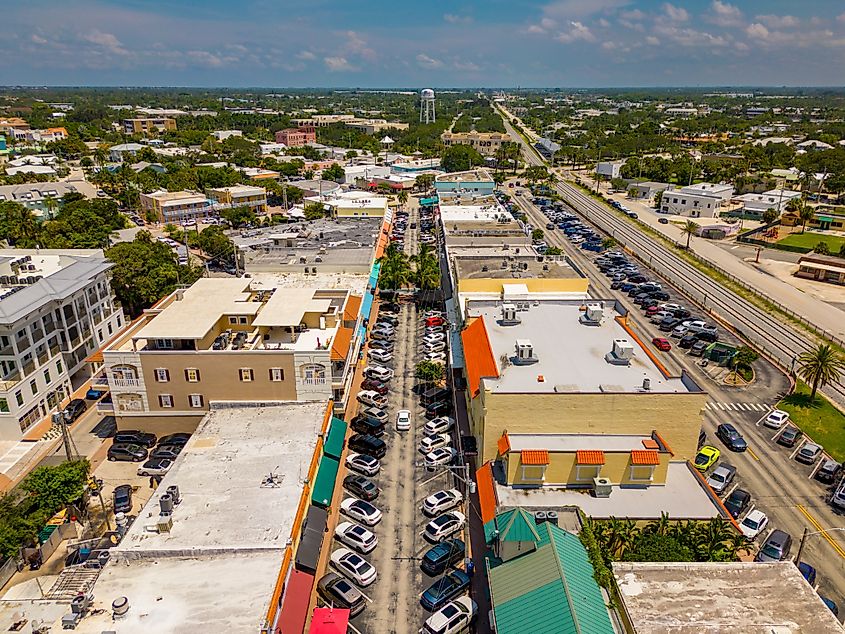
Start with a coffee at Gilbert’s Coffee Bar, which sits quietly beside the marina with outdoor seating and a view of moored sailboats. For something substantial, locals often recommend The Gafford, a refined Southern kitchen with an open kitchen and quiet confidence. The Elliott Museum, just across the causeway on Hutchinson Island, houses everything from vintage cars to baseball memorabilia. At sunset, Shepard Park offers shaded benches along the St. Lucie River where manatees sometimes appear.
Cedar Key
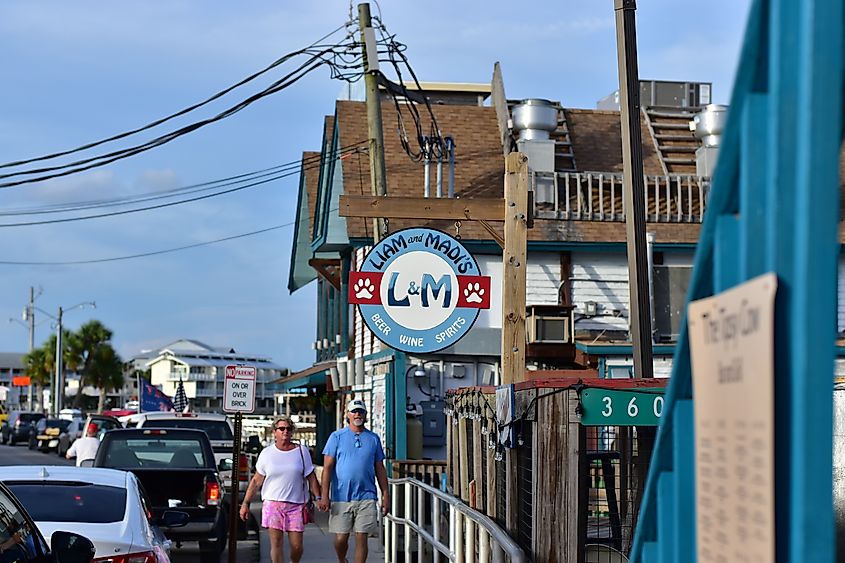
Cedar Key is one of the oldest ports in Florida, but what defines it isn’t longevity; it’s isolation. Sitting three miles out into the Gulf of Mexico on a cluster of tiny islands, it’s a place where time stalls. No chain restaurants. No stoplights. Most buildings rest on stilts. Pelicans outnumber people. The town once exported thousands of cedar pencils a day; today, its welcome comes from shrimp boats drifting by Dock Street and the near-total absence of noise.
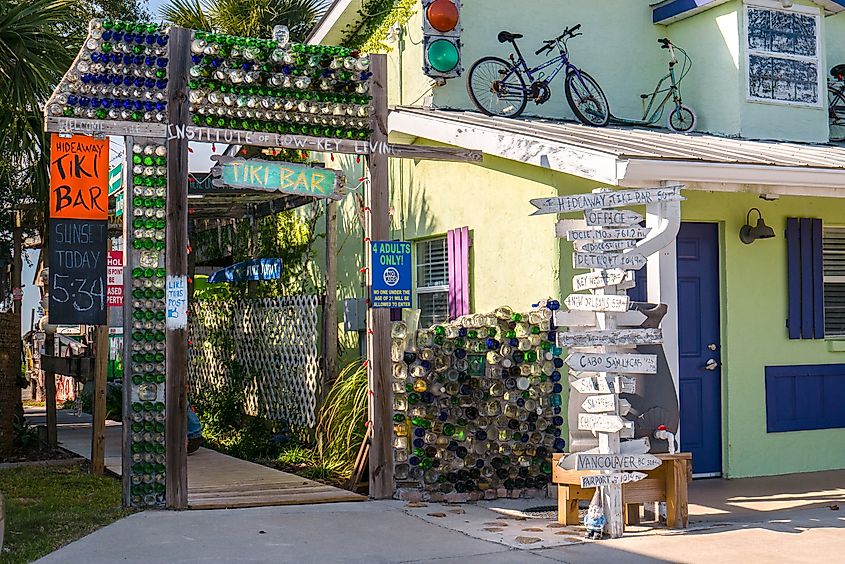
Start at Steamers Clam Bar & Grill on Dock Street, where bowls of Cedar Key clam chowder and the signature Clam Pot spotlight farmed clams harvested just offshore. Large windows face the working waterfront, underscoring how closely the menu is tied to local boats and the bay. Farther down the boardwalk, the Cedar Keyhole Artist Co-op displays work from over 20 regional artists in a creaky upstairs gallery that’s easy to miss but impossible to forget. On the western edge of town, Cemetery Point Park offers a looping nature trail and the only elevated view of the surrounding keys. For history, the Cedar Key Historical Society Museum documents the town’s 19th-century heyday with shipping logs, relics, and a fully preserved street-front post office.
Apalachicola
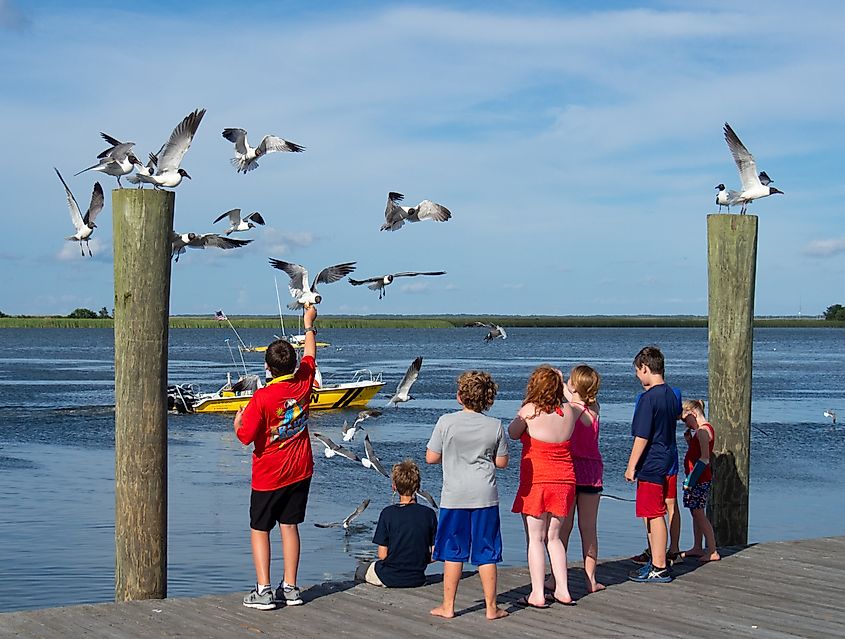
Apalachicola’s identity is inseparable from oysters, even now, as the Apalachicola Bay recovers from collapse, the town remains tethered to the estuary that once produced 90% of Florida’s wild oysters. The seafood houses may have thinned, but the pride hasn’t. Boats still line the riverfront, and weathered buildings downtown still smell faintly of salt and brine. The pace is deliberate. Locals call each other by name. The core of the town is walkable in fifteen minutes, but people take their time anyway.
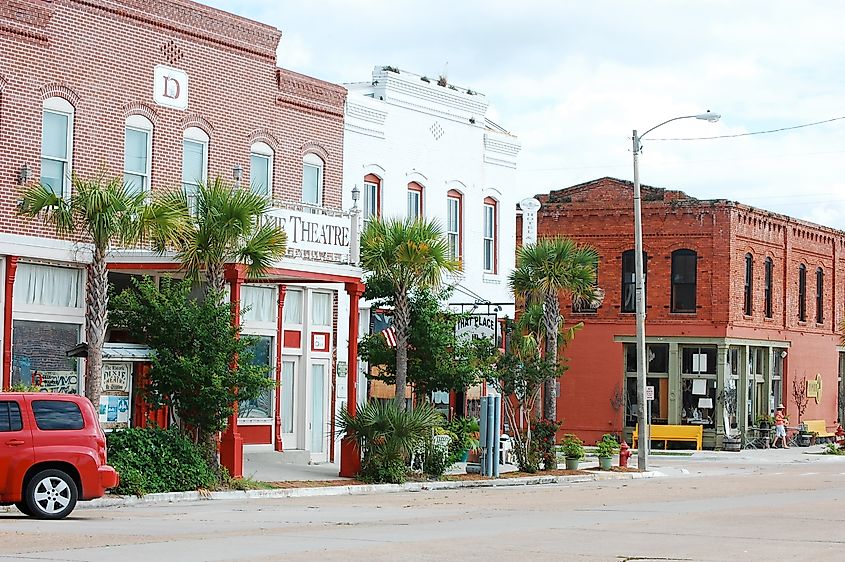
Oyster City Brewing Company, housed in a former auto parts store, pours beers like Hooter Brown Ale and Apalach IPA to a steady crowd of locals and visitors. Next door, the Hole in the Wall Raw Bar keeps its menu tight: Apalachicola oysters, shrimp, beer, done. For a full meal, The Owl Café offers seafood and Southern dishes in a converted brick building with pressed tin ceilings. The John Gorrie Museum, named for the local doctor who invented mechanical refrigeration in the 1840s, sits just off Avenue D and captures an unexpected piece of American history. Near sunset, Lafayette Park offers benches along the bay, where shrimp boats float by as egrets pick their way through the shallows.
Dunedin
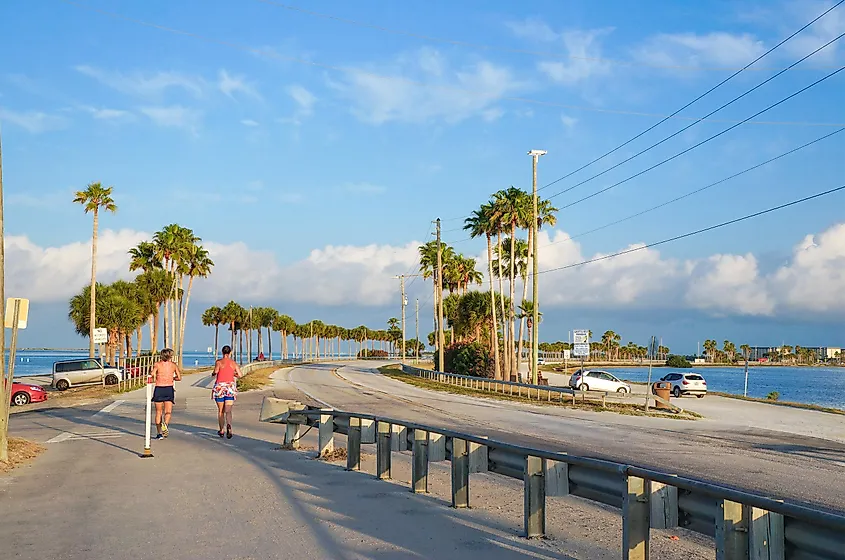
Dunedin stands apart in Florida for its Scottish roots, not as a marketing gimmick, but as a living influence. The city hosts a Highland Games each spring. Street signs use Gaelic names. The local bagpipers march in parades. Yet it’s the way this heritage blends with Gulf Coast ease that makes Dunedin distinct. The town’s walkable downtown hugs the Pinellas Trail, a 45-mile biking corridor that cuts straight through Main Street. Cyclists mingle with retirees and shopkeepers, and nearly every storefront has a bike rack.
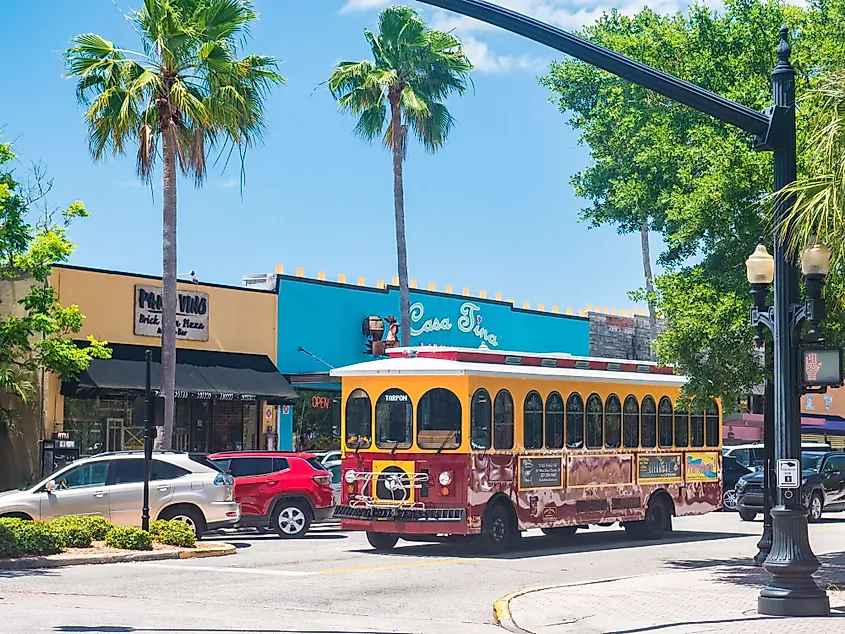
At the corner of Main and Douglas, Café Alfresco serves Gulf shrimp and grilled grouper under a tin-roofed patio packed year-round. A few blocks west, Dunedin Brewery, Florida’s oldest craft brewery, has live music most nights and pours classics like Red Head Red Ale. For beach access, Honeymoon Island State Park sits just across the causeway, with four miles of undeveloped shoreline and trails through slash pine scrub. The Dunedin History Museum, housed in a 1924 train depot, documents the town’s railroad beginnings and citrus-packing past. Visitors don’t just pass through Dunedin, they tend to linger.
Safety Harbor
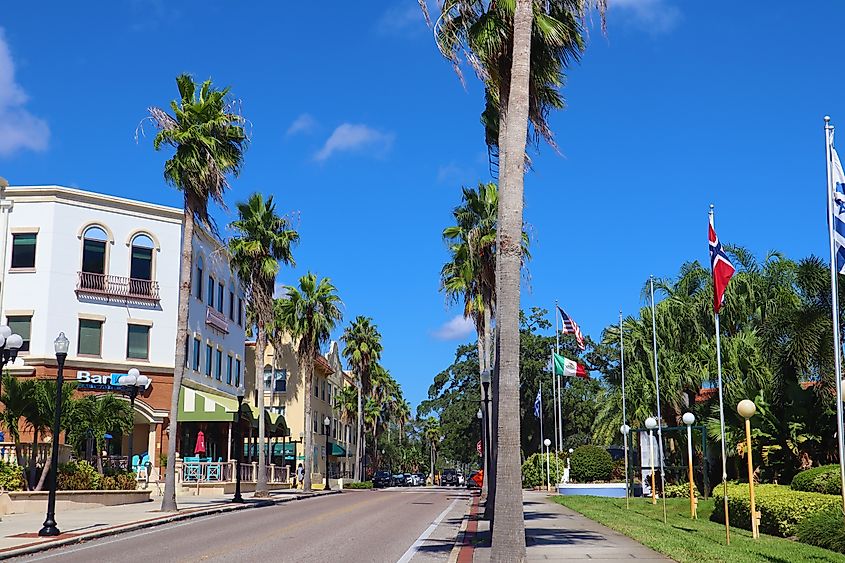
Safety Harbor’s name comes from a misinterpretation. Spanish explorers believed the natural mineral springs at the edge of Old Tampa Bay held healing powers, marking it as a place of “safe harbor.” That belief never entirely disappeared. The springs still bubble beneath the Safety Harbor Resort and Spa, one of Florida’s oldest continuously operating spa hotels. The town itself is compact, bay-facing, and unusually intact; many of its homes date back to the 1920s, with porches close to the sidewalk and oaks arching over brick streets.
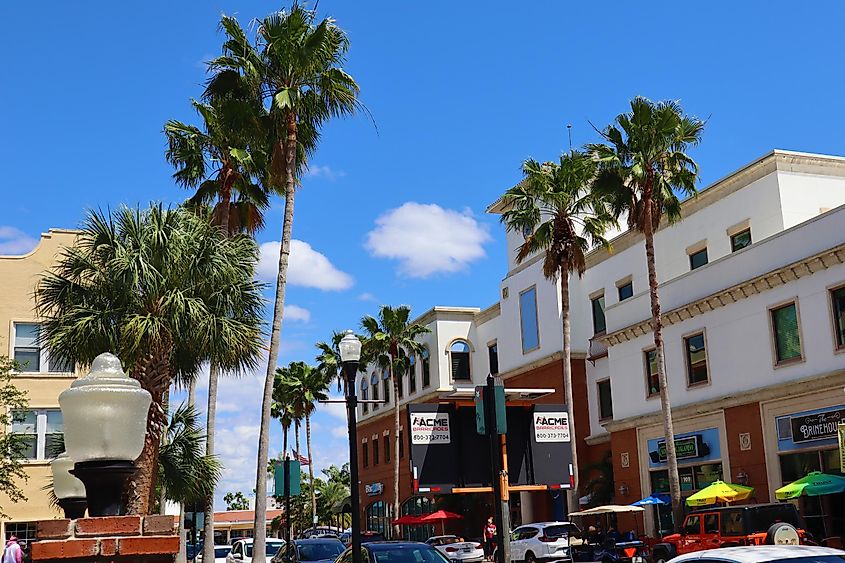
Espresso yourself at Café Vino Tinto, a Costa Rican family-run coffeehouse with in-house roasting and a curated Latin lunch menu. A short walk away, Whimzeyland is hard to miss: a residential folk art house covered in bottle caps, tiles, mannequins, and color, the work of local artists Todd and Kiaralinda. Just inland, the Safety Harbor Museum and Cultural Center preserves Tocobaga artifacts and anchors the town’s small-but-active cultural scene.
Tarpon Springs
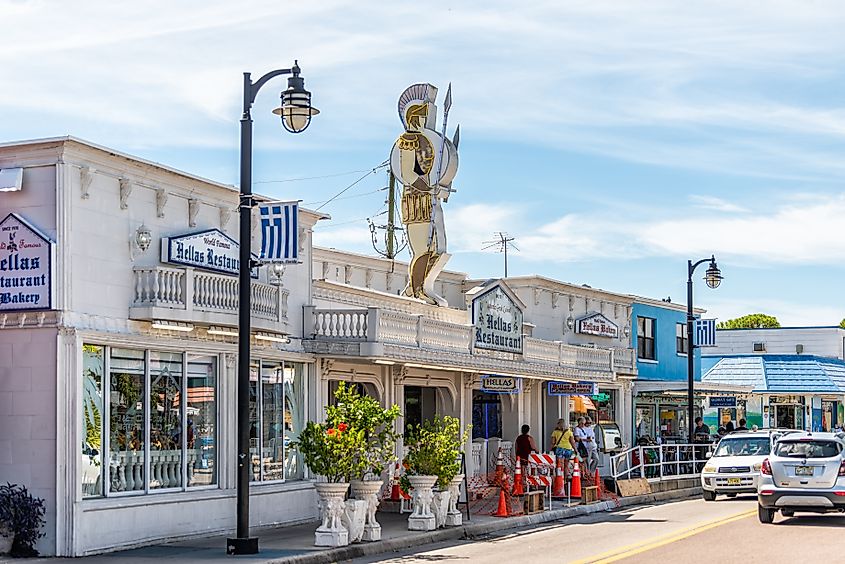
Tarpon Springs has the highest percentage of Greek-Americans of any city in the U.S., a legacy born from the sponge industry that drew Greek divers here in the early 1900s. The sponge docks are still active, with boats returning daily along the Anclote River. Greek is spoken in shops, and bouzouki music drifts from doorways. The Orthodox cathedral on Alt. 19, St. Nicholas Greek Orthodox Church, dominates the skyline with its domes and stone façade, and its Epiphany Day cross dive draws thousands annually.
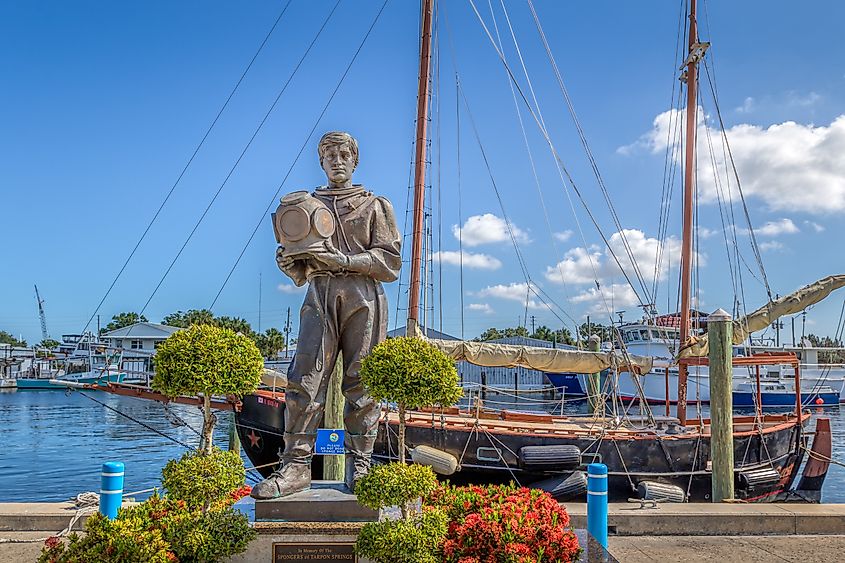
For food, Hellas Restaurant and Bakery on Dodecanese Boulevard serves lamb shank, saganaki, and lemon potatoes to packed dining rooms and takeout lines that don’t waver. Nearby, the Tarpon Springs Sponge Exchange is now a small shopping village, but remnants of the original trade, natural sponges, brass diving helmets, are on display in shops like Spongeorama. Just upriver, Craig Park curves around Spring Bayou, where manatees surface in the winter and locals gather year-round under massive oaks. For a quiet Gulf view, Sunset Beach offers a sandy stretch with no condos in sight.
Mount Dora
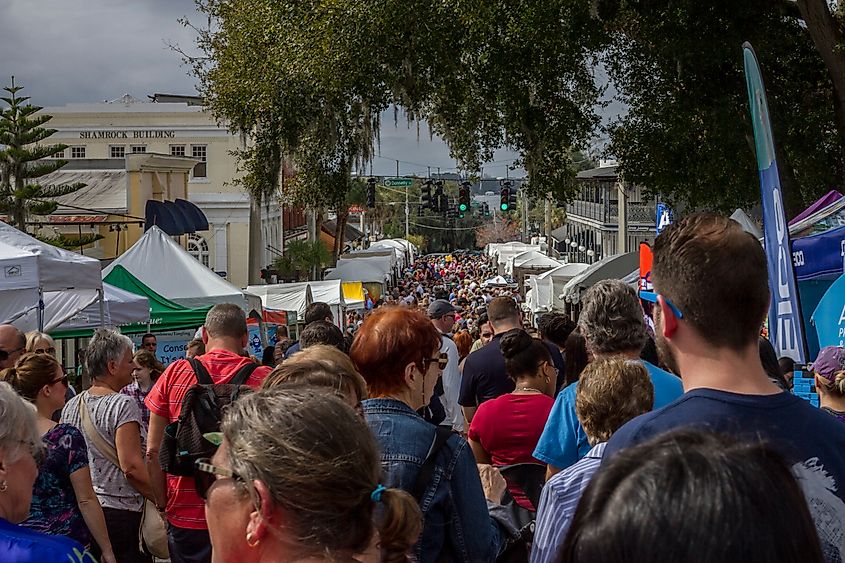
Mount Dora sits on the edge of Lake Dora, but what defines it isn’t water, it’s elevation. At 184 feet above sea level, it’s one of the highest points in peninsular Florida, and early railroad passengers dubbed it “Mount” for the view. That label stuck, but the town’s character was shaped less by topography than by its commitment to preservation. Many of the buildings downtown, Victorian homes, clapboard shops, a 1920s railroad depot, remain in use. The streets are brick. The lampposts are cast iron. Art festivals draw tens of thousands, but the tone of the place doesn’t change.
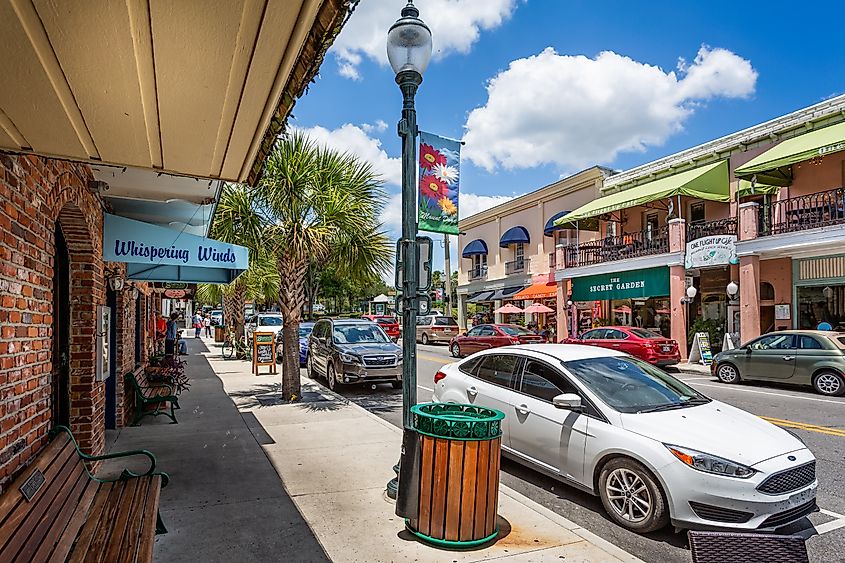
Start with coffee and a cheddar scone at Cody’s on 4th, where locals trade news under a striped awning. The Modernism Museum, just around the corner, houses a permanent collection of functional art by the Memphis Group, including furniture designed by Ettore Sottsass. For lunch, Pisces Rising serves Gulf fish and fried green tomatoes on a deck overlooking the lake. In the late afternoon, Gilbert Park offers boardwalk access through moss-draped trees and into the shallows of Lake Dora, where herons patrol and gators drift.
Fernandina Beach
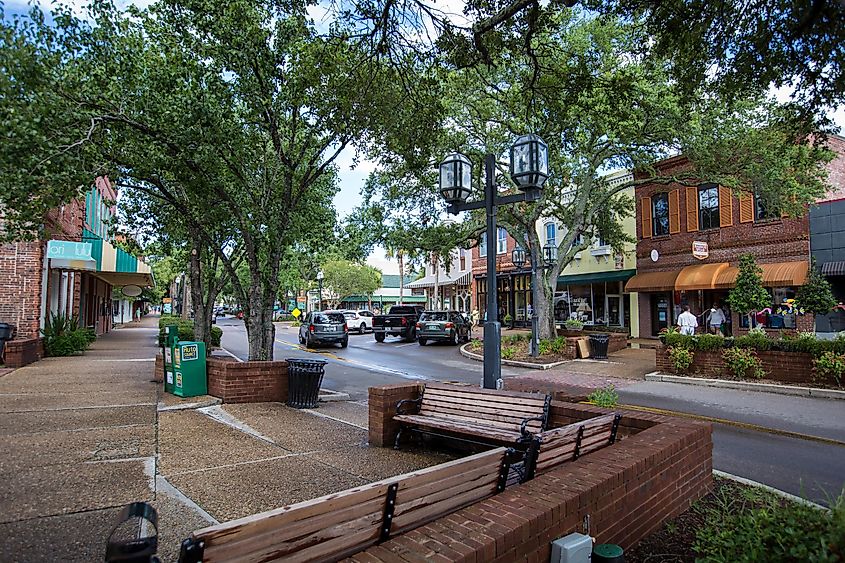
Fernandina Beach is the only U.S. city to have flown eight different national flags, a legacy of territorial shifts, smugglers, and early outlaws that earned it the nickname “Isle of 8 Flags.” But its appeal now lies in its steadiness. The historic district spans 50 blocks of preserved Victorian architecture, still housing grocers, tailors, and taverns. Shrimping built the economy in the 20th century, and the annual Isle of Eight Flags Shrimp Festival continues to anchor the town’s identity. The port remains active. The downtown remains intact.
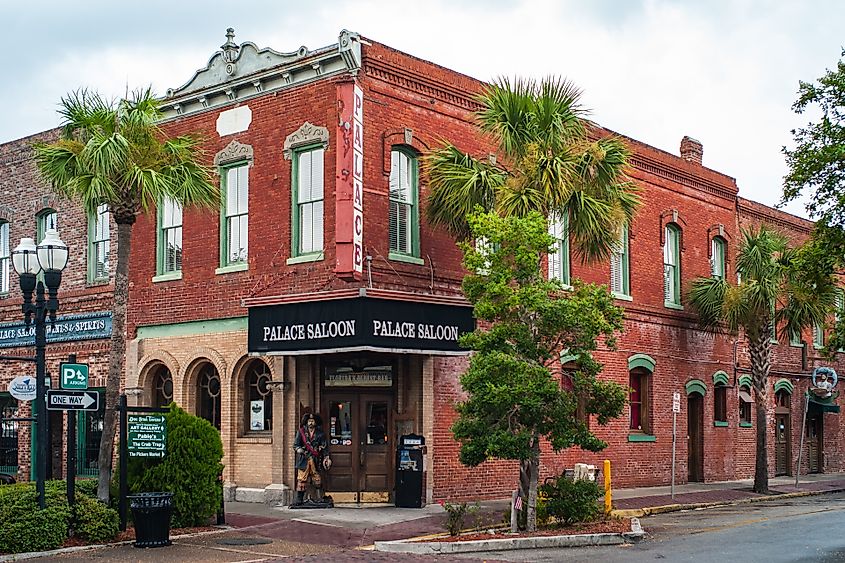
T-Rays Burger Station, a former gas station on 8th Street, serves blackened shrimp and hand-formed patties from behind a counter surrounded by license plates and football photos. On Centre Street, the Palace Saloon, Florida’s oldest continuously operating bar, offers whiskey and local gossip under a pressed-tin ceiling. The Amelia Island Museum of History, once the county jail, now houses exhibits on pirates, plantations, and phosphate shipping. For open water, Main Beach Park offers direct access to the Atlantic and the start of a boardwalk frequented by early risers and surfcasters.
St. Augustine
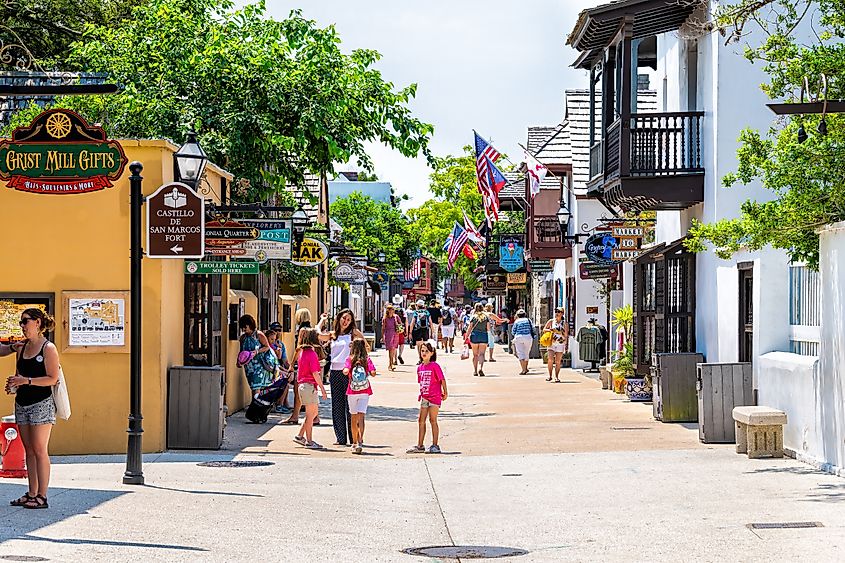
St. Augustine is the oldest continuously inhabited European-founded city in the continental U.S., but its longevity isn’t its most notable trait, it’s the way centuries coexist. Coquina stone from the 1600s stands beside 1920s Mediterranean Revival homes, and the city’s layout still follows the early Spanish street plan. The Castillo de San Marcos, built in the 1670s, anchors the waterfront, its walls pocked with cannon fire and time. This sense of layering, architectural, cultural, personal, shapes every corner of the old town.
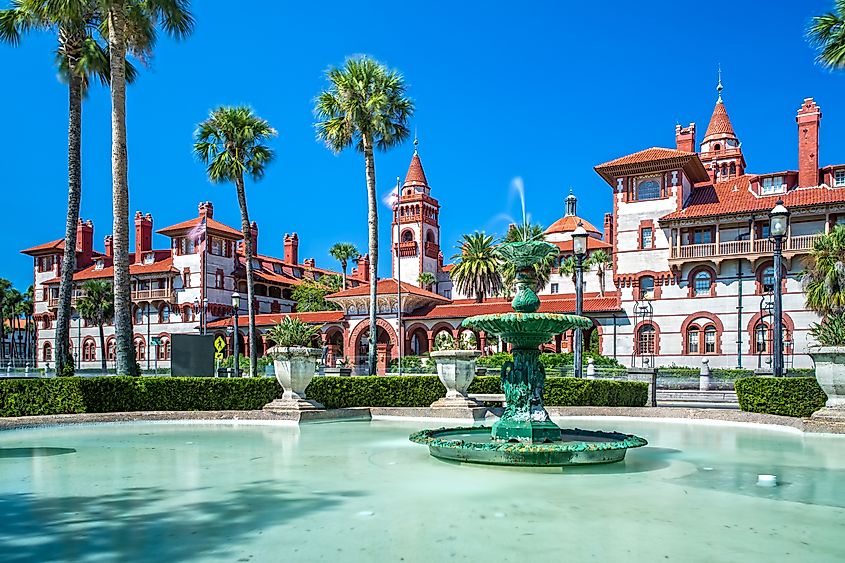
Crucial Coffee Café operates out of a wooden shack with a slanted roof and benches pressed against the walls; it’s cash-only, and the iced Cuban hits harder than expected. A few blocks away, the Lightner Museum fills the former Alcazar Hotel with stained glass, vintage typewriters, and shrunken heads once owned by Otto Lightner. At dusk, the lawn of the Castillo fills with couples, kite-fliers, and kids chasing lizards while the Matanzas River reflects the city’s shifting light.
Key West
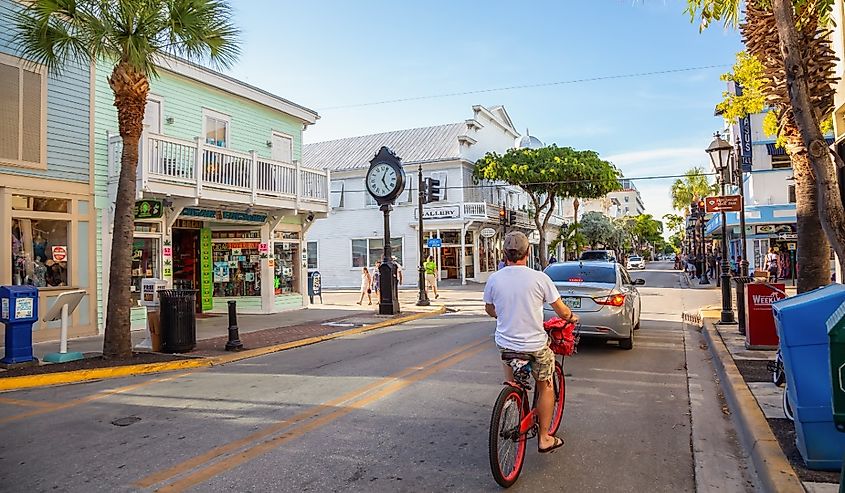
Key West is closer to Havana than Miami and has always behaved like it. The Conch Republic declared symbolic independence from the U.S. in 1982, complete with a passport stamp and a mock naval surrender, and the mood never returned to normal. The island functions on its own frequency. Chickens roam. Hemmingway’s six-toed cats are a protected population. Locals, Conchs, welcome visitors with stories that blur truth and performance. Time doesn’t stop, but it slows.
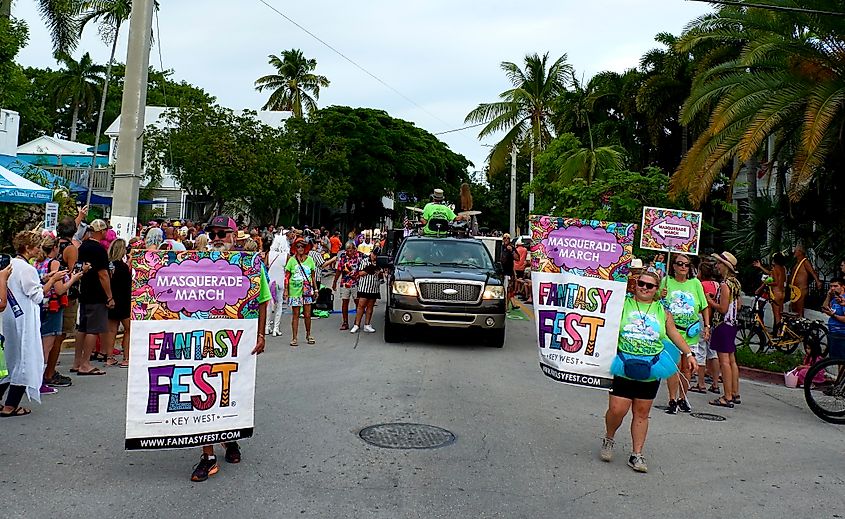
Blue Heaven serves yellowtail snapper and banana pancakes under a tin roof and banyan trees while roosters patrol the dining room. Sloppy Joe’s on Duval Street, once Hemingway’s regular bar, offers live music seven days a week and doesn’t close for hurricanes unless the roof lifts. The Key West Lighthouse and Keeper’s Quarters Museum allows full access up 88 iron steps for a view that stretches past the coral reef. At Fort Zachary Taylor Historic State Park, locals gather at the rocky beach with folding chairs and packed coolers while snorkelers drift along the jetty.
Islamorada

Islamorada is a village of islands stretched thin between the Everglades and the reef line, shaped as much by water as by memory. The 1935 Labor Day Hurricane, still the most intense to hit the U.S., tore through the area and left behind the Florida Keys Memorial, where the names of over 400 victims are carved into coral rock. Today, Islamorada leans into its identity as the “Sportfishing Capital of the World,” but its welcome extends beyond the marina. Residents know each tide. Conversations drift between boat slips and bait shops with no need for introduction.
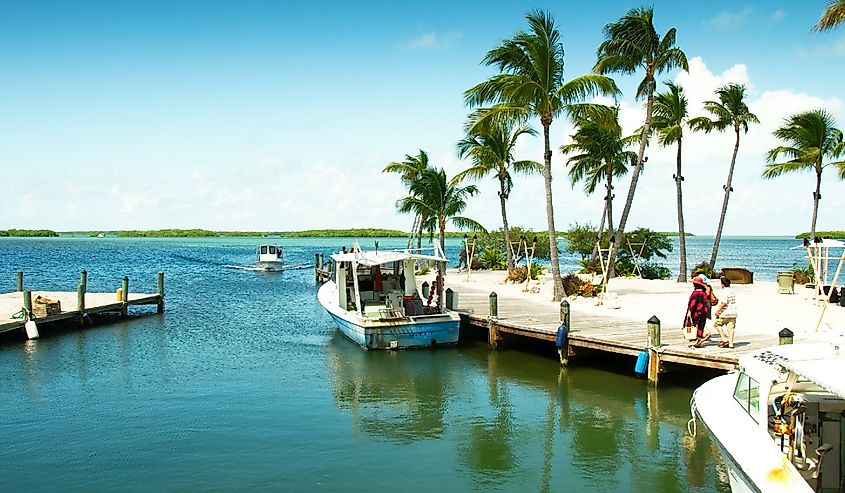
The Green Turtle Inn, opened in 1947, serves fish sandwiches and key lime pie in a building that once doubled as a bus stop and barbershop. At the History of Diving Museum, visitors pass rows of antique helmets, salvaged air pumps, and sponge-diving gear collected over decades. Morada Bay Beach Café, with tables in the sand, serves grilled snapper and mango slaw under the setting sun. At Founders Park, locals swim laps in the Olympic pool while families spread out along the shallow beach.
Anna Maria
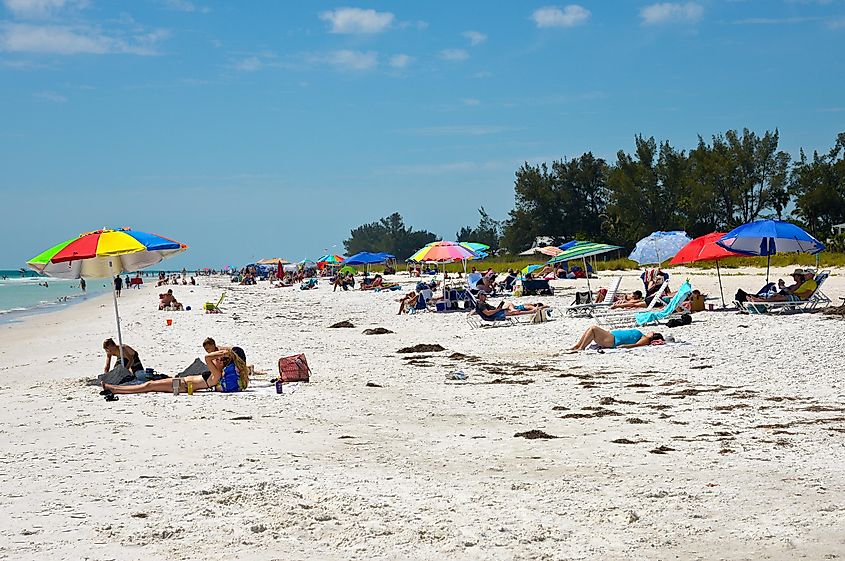
Anna Maria sits at the northern tip of Anna Maria Island, where the Gulf meets the bay and the zoning laws prevent anything taller than three stories. The town has resisted change not out of nostalgia, but by consensus. There are no high-rises, no fast-food chains, and no parking meters. Residents get around by foot, bike, or golf cart. Streets are named after seashells and early settlers. The wooden pier on Pine Avenue dates back to 1911 and still draws fishermen at first light.
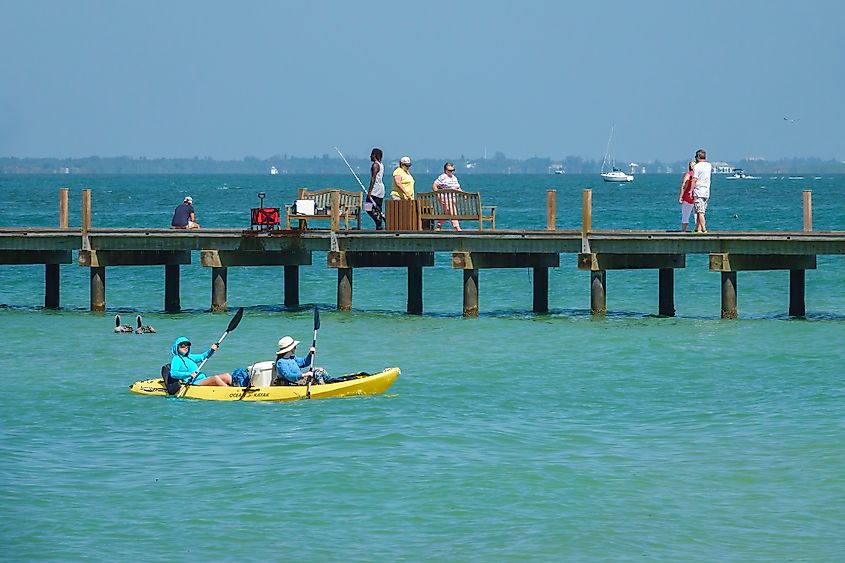
Ginny’s & Jane E’s, tucked inside a former grocery store on Gulf Drive, serves cinnamon rolls and Cuban sandwiches beside racks of local art and secondhand books. Sandbar Restaurant, at the western end of Spring Avenue, lets diners eat grouper tacos with their feet in the sand. At the Anna Maria Island Historical Museum, housed in a former icehouse, visitors trace the island’s past through net-mending benches, hurricane logs, and family photos. Bayfront Park offers a quiet beach with views of the Sunshine Skyway and picnic tables shaded by sea grapes.
These towns don’t rely on slogans or superlatives, they rely on memory, habit, and the steady rhythm of locals who still greet strangers without hesitation. Each place on this list reflects a version of Florida not sold in brochures: quieter, slower, and rooted in specifics. Whether it’s a fisherman’s nod or a shopkeeper’s second cup of coffee poured without asking, the welcome in these towns is not offered, it’s already waiting.
